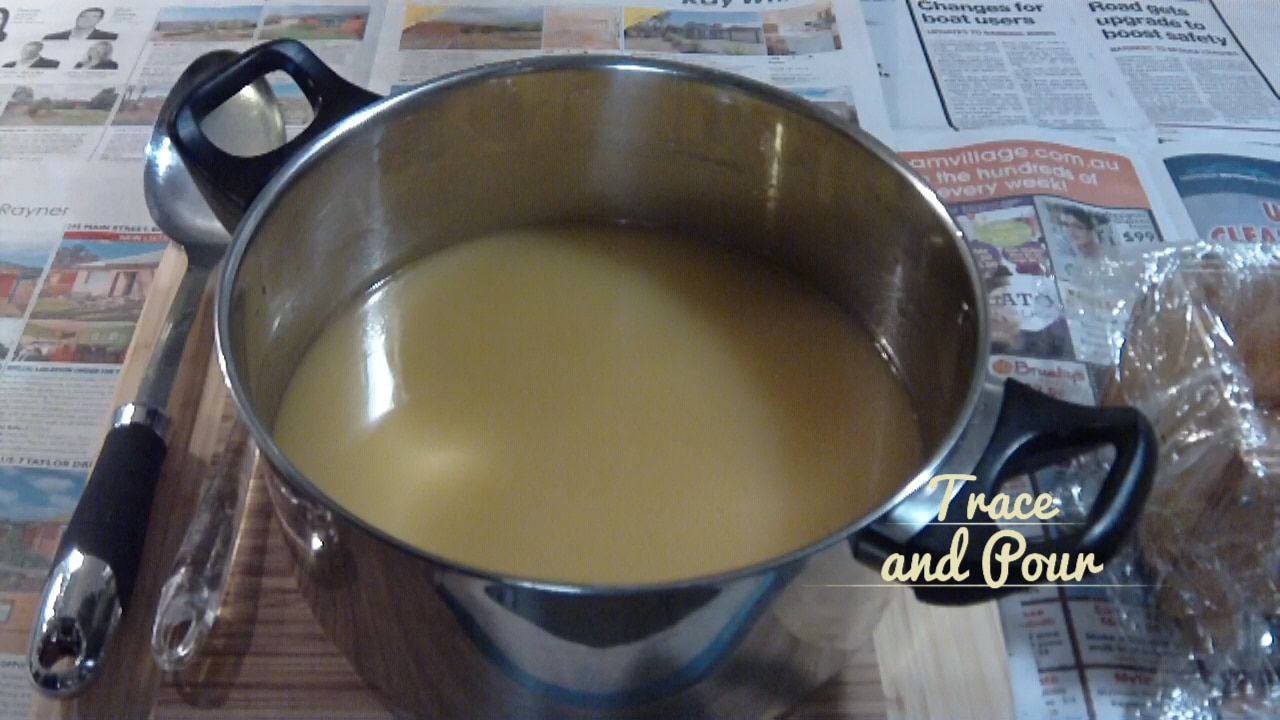Soap Making, Workshops
Soap Making – Trace and Pour
We love making cold process soap at home. One of the things that always fascinates me is the saponification process, specifically when the oils start to turn into a solid.
This moment is known as “getting to trace”. It is the moment when the oils and lye begin to emulsify and thicken when your spoon, beater, or stick blender leaves marks on the surface of the soap mixture.
If you are going to add fragrance oils, colours, or exfoliants to your soap, then this is the time to add then mix them in. It makes it so much easier to pour your soap at this stage, especially when you have brought the mixture to a medium trace and it is still at a custard like consistency.
So to help visualise, we have created another How To video to help you along. This time the video covers the topic of trace and pour.
It shows us bringing the oils and lye to trace, adding poppy seeds, and then pouring the batch into the mould. Then it is wrapped in old towels to insulate the soap to allow it to slowly cool. Rapid cooling would discolour the soap, and could lead to uneven saponification which occurs over the next couple of days. After 24 to 48 hours, we cut the soap using one of our wavy soap cutters, and then cure the soap on racks for 4 to 6 weeks, but that is the topic for another video!

